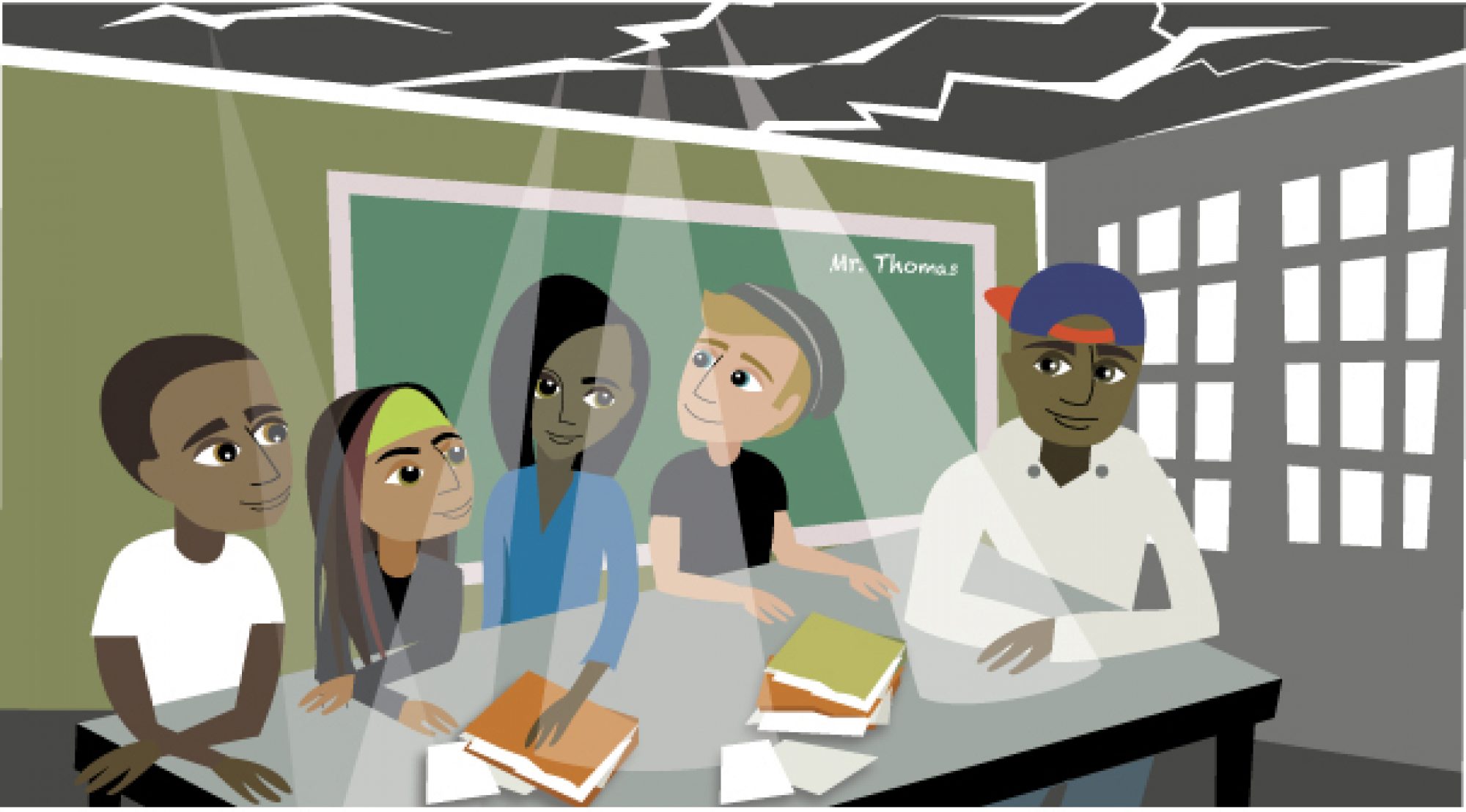Disheartening as it may be, many at-risk students arrive in high school alternative programs as a consequence of being – at-risk students. For those new to alternative education, teaching student skills most learn by their late primary school years is a necessity that often goes unrecognized.

Without an egg, there is no chicken
There exists what I believe to be a misconception about why students are placed in alternative education programs. Conventional wisdom has behavior as the root cause of why placements into alternative schools are made. Flowing from this popular belief is the assumption that poor grades and a lack of academic skills are the consequences of bad behavior. This particular narrative is both popular and pervasive, but I argue that it’s acceptance has more to do with the expedient convenience of letting teachers off the hook.
To look at this cause and effect premise a bit more objectively, we can begin by examining the one skill at which nearly all students assigned to an alternative program excel – avoidance strategies.
While passively dodging work isn’t an exclusive behavior of at-risk youth, it very often coincides with some deficit the student finds embarrassing. By high school age, the student lacking in basic student skills has learned at least one thing; for years, trained professionals have failed to remediate these strategies. If the vagaries of life spent in poverty haven’t produced enough frustration, distrust, and socially inappropriate behaviors, a system that demands levels of performance from teens without the basic skills to meet those expectations often proves to be the last straw.
Alternative education students intrinsically understand this. It’s time we practitioners not only understand this but change how we teach as a result. Our first responsibility as teachers in alternative education settings is to remediate the skills our general ed counterparts failed to impart.
Implications for teaching student skills
To successfully teach students in an alternative setting, one has to master the fine art of differentiation. Often times this means, not so much throwing out the book on how to teach, but rather cutting the book apart and reordering the pages.
Pacing guides. As written, pacing guides are the antithesis of the differentiated classroom. They are the one-size-fits-all plan to which many neophytes desperately cling, and yet are highly impractical for students with the learning profiles common among at-risk youth. Still, the concept of having a set of milestones for teaching standards over a grading period, semester, and school year is still quite sound. What this means for the alt-ed teacher is that you must create your own pacing guide that includes, but isn’t based upon standards. To do this, go back to what we know about differentiating process.
Student skills – Standards – Thematic Blocks
Though much of my career was spent outside my role as a social studies teacher, I’ll limit the scope of my recommendation to that domain.
Also, for this post, I’ll omit my own views on around what specific student skills a teacher should teach. You, the reader, already know.
To create your own pacing guide, start with the student skills as informed by your experiences. I recommend no more than eight of these, though your student’s needs should drive that number.
A great teacher tool, post-it-notes with your content standards written one to a sheet make for a good way to group standards. As we’re reconstructing the book, I suggest you begin with the higher order standards that can be applied more appropriately to thematic blocks or units of instruction.
Finally, create thematic units. In the case of history courses, you can use these blocks of learning to teach students how to construct meaning by making connections among similar events.
Most importantly, build the type of relationship with your individual students so that they feel safe in letting you know which skills they’re trusting you to teach.

